136-138 Mitcham Road, Tooting, SW17 9NH | Call Us: 020 8672 2158


Home Frames
We stock an extensive range of frames and sunglasses to cater for all needs and budgets Our team will ensure you are happy with both the look and feel of your glasses. We also stock a great selection of glasses for kids and teens!
These lenses have the same prescription power across the entire lens and are used to correct nearsightedness (myopia), farsightedness (hyperopia), or astigmatism.
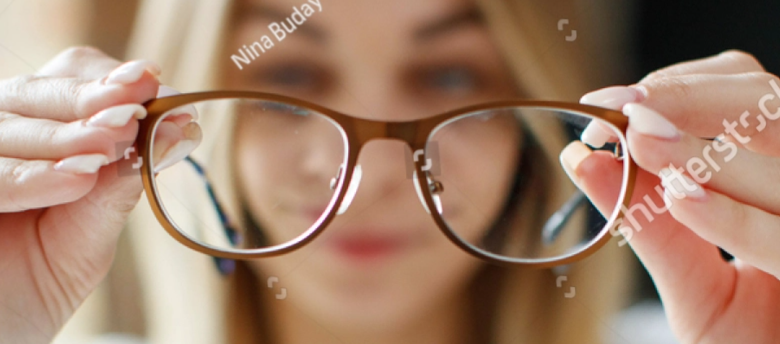
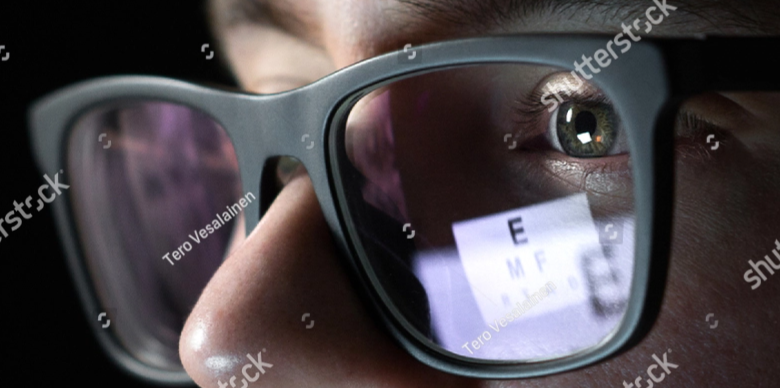
Bifocals have an upper portion to correct distance vision, while the lower part helps with near vision. These are often used for presbyopia, a condition where people have difficulty focusing on close objects as they age.
Trifocals have three areas of correction: distance, intermediate (such as computer distance), and near vision. They’re a variation of bifocals and provide an additional section for intermediate vision.
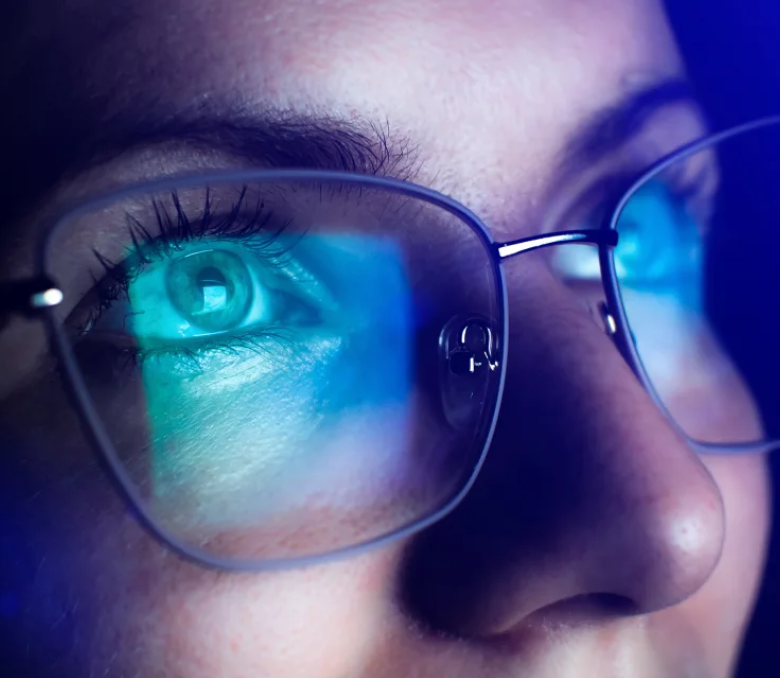
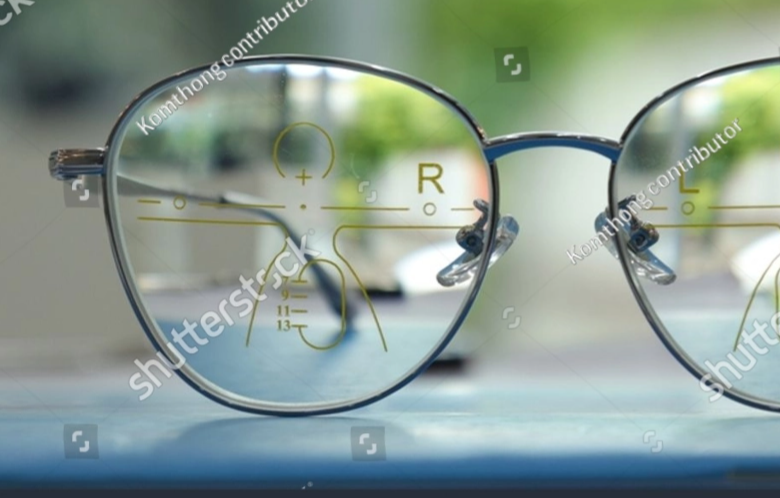
These lenses offer a gradual transition of lens powers for correcting vision at various distances—near, intermediate, and far. Unlike bifocals or trifocals, progressives have no visible lines separating the lens powers, providing a more seamless and natural transition between prescriptions.
These lenses are thinner and lighter than standard lenses. They are particularly beneficial for people with strong prescriptions, reducing the thickness and weight of the lenses, resulting in more aesthetically pleasing and comfortable eyewear.
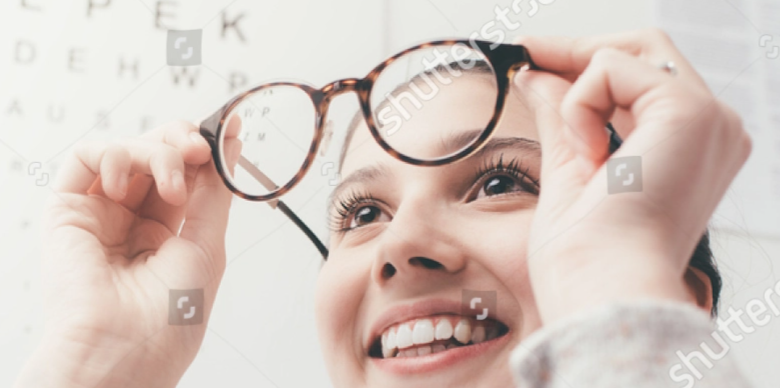
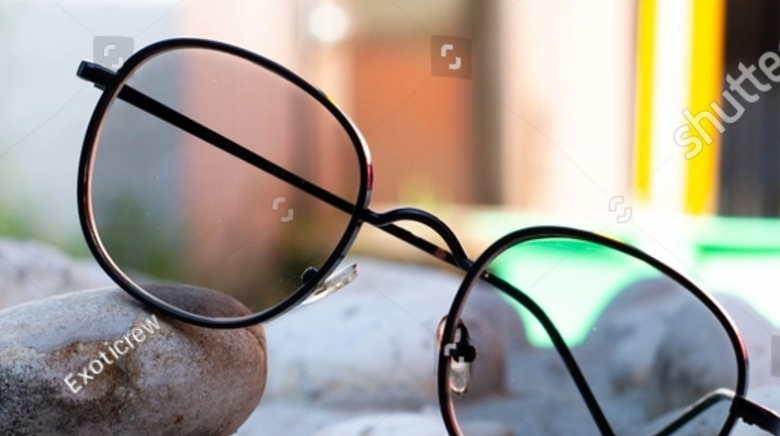
Also known as transition lenses, these lenses darken when exposed to UV light and return to a clear state indoors. They serve as both prescription eyeglasses and sunglasses, providing convenience by eliminating the need to switch between different pairs of glasses.
These lenses have a coating that helps reduce the amount of harmful blue light emitted from digital screens. They aim to reduce eye strain and potential damage caused by extended screen time.
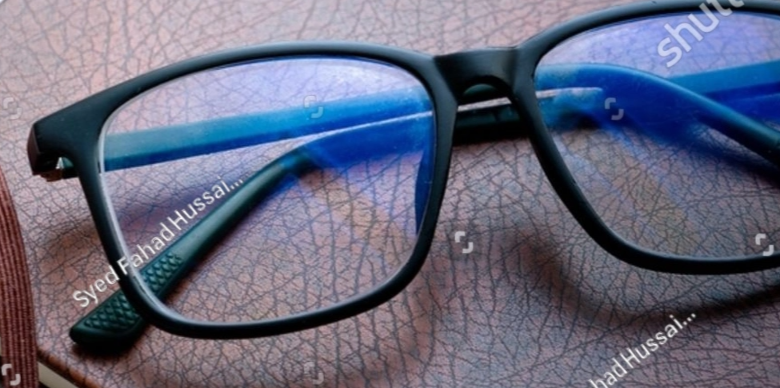
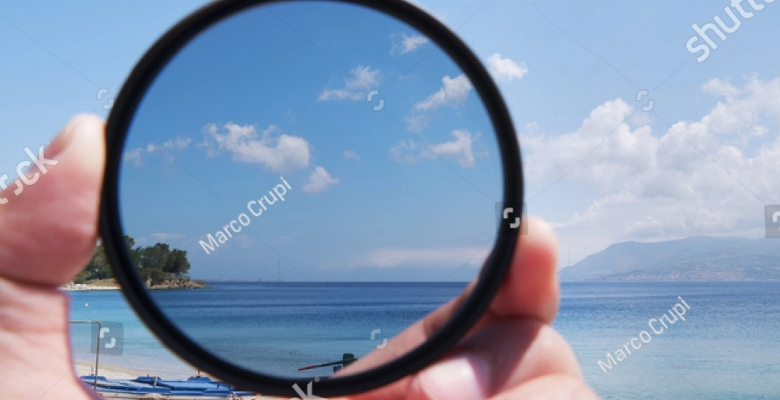
Primarily used in sunglasses, polarised lenses reduce glare by filtering out reflected light from surfaces like water, roads, or snow. They enhance clarity and contrast while providing UV protection.
This coating reduces reflections on the lenses, allowing more light to pass through and improving vision. It also minimises glare, making the lenses appear nearly invisible, and can help reduce eye strain.





